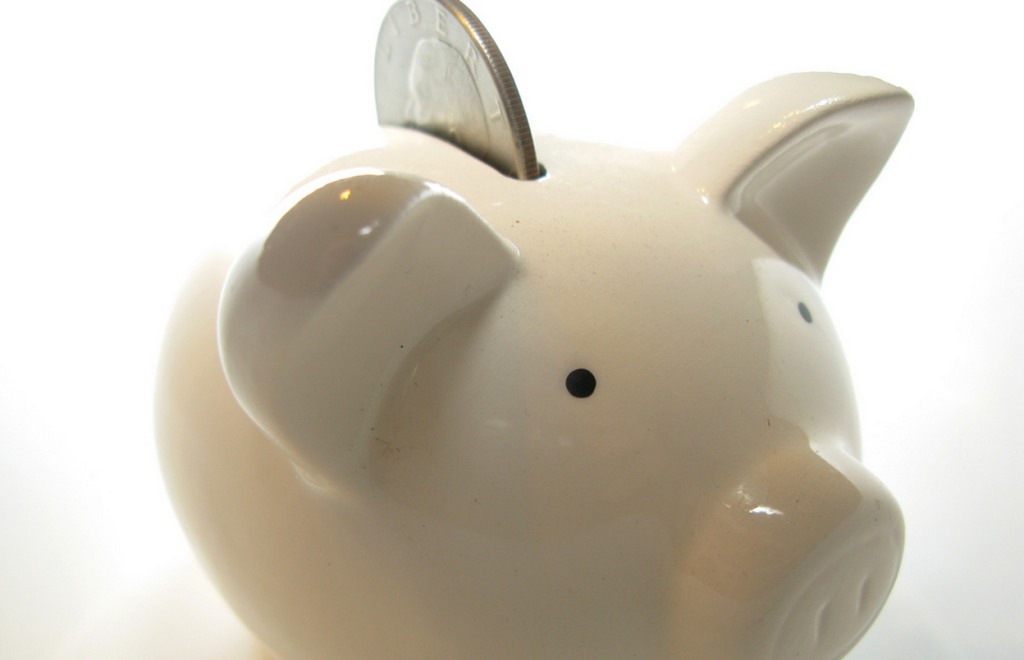4 Ways You Can Save Your Self Into Financial Trouble
Over at Credit.com, they’ve put together a roundup of a half-dozen ways in which your efforts to save money can backfire on you. Here are the ones we thought would be of greatest interest to Consumerist readers:
1. Leaving No Wiggle Room
Having a budget is awesome and highly recommended. Having a budget where every single penny is accounted for and there is no flexibility or room for adjustment is not as awesome.
“It’s important to make plans based on your real life and to create a budget you can stick to,” writes Credit.com’s AJ Smith. “A too-tight budget will often backfire as your desire to spend will catch up with your desire to save and leave you splurging.”
2. Buying for the Sale
Buying things in bulk or at a discount is great for those things you purchase on a regular basis, like toilet paper or coffee grounds. But just because something is available on the cheap, or has a really attractive unit price when bought in bulk, doesn’t mean it’s a good deal for you. Yes, that bulk pack of steak at Costco might be 30% less per pound than the same cuts in a smaller package, but unless you’re going to eat it all soon, you’re either going to be throwing away perfectly good meat or having to store it in your freezer until you work your way through it.
Similarly, while it might be tempting to buy a new coffee table because it’s 40% off the sticker price, you should be asking yourself “Am I buying this because it’s on sale, or because I really need this coffee table right now?” Perhaps the money spent on that discounted table could be better used elsewhere.
3. Buying Cheap
This is closely related to the previous item on the list, but instead of buying stuff because it’s on sale or has a low unit cost, it’s about opting for cheaper products solely because they cost less.
Sure, this often makes sense for products like generic medicines, but some bottom-shelf items are priced low because they are significantly inferior products. How many of us have been lured into buying some generic or store-brand paper towels only to find that they had to be replaced more frequently?
And anyone who ever bought a discount “Duracel” battery from a battery pedlar on a NYC subway train knows that it probably won’t last long enough to get to your destination.
4. Using Store Cards
You’re at the register, ready to plunk down your credit card to purchase hundreds of dollars worth of items, when the cashier says you can save 10-20% by getting a store-brand credit card right then and there. But as we recently showed, this can be a very, very bad idea.
Most store-branded cards have APRs over 20%, significantly higher than the national average for bank-issued credit cards, with some going upwards of 28%.
So if you fail to pay off that purchase right away, you’re looking at paying up to double the interest that you would have if you’d just put the items on your regular credit card.
Additionally, a number of retail cards advertise 0% interest for 6-12 months, but what they often gloss over is that the interest is deferred for that period of time, meaning that if you haven’t paid off the balance by the end of the promo period, you owe all the interest from the date of purchase.
6 Savings Tricks That Can Backfire [Credit.com]
Want more consumer news? Visit our parent organization, Consumer Reports, for the latest on scams, recalls, and other consumer issues.


